Live resin has become a popular product choice for many cannabis consumers. That said, if you’re new to the world of cannabis, you’re probably wondering what live resin is and how it compares to other concentrates. We’ll cover all of that below.
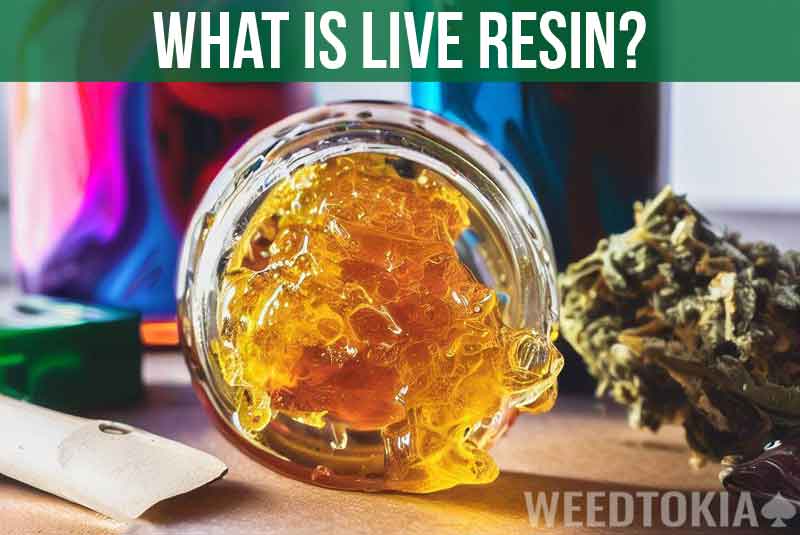
Live resin is a cannabis concentrate made from fresh, uncured cannabis using a solvent-based extraction method under cold conditions, allowing more cannabis terpenes to be preserved than most extraction methods.
Concentrates such as live resins are pure, high-potency THC or CBD waxes made from multi-step extraction and refinement of freshly frozen cannabis flowers. They typically have fluid consistencies, amber color, and potencies in the 90% range. For comparison, medicinal-grade dried cannabis flowers are usually found with 15-25% potency.
Live Resin vs. Cured Resin
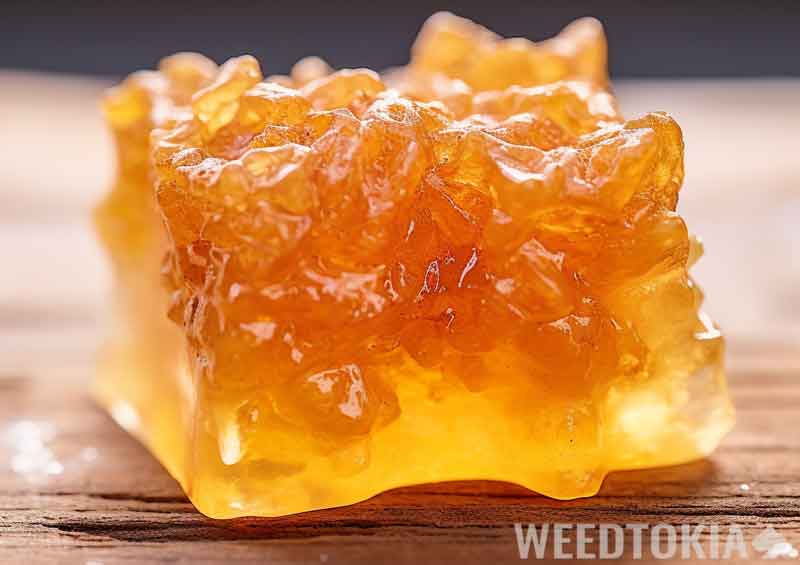
“Live” concentrates are concentrates created by extracting from fresh frozen cannabis, whereas cured concentrates are made from cannabis that has been dried and cured.
Fresh frozen refers to plants that are frozen immediately after being cut down during harvest instead of dried and cured. Henceforth, a “live” concentrate. The objective of freezing them is to preserve the plant’s natural terpenes, cannabinoids, and other compounds prior to extraction.
Because terpenes are classified as very volatile organic compounds (volatile meaning easily evaporated, not unsafe or explosive!), many terpenes are lost and diminished during the drying, processing, and storage stages of cannabis cultivation.
This is significant because naturally occurring terpenes and flavonoids determine the plant’s natural flavor, aroma, and pharmaceutical effects. A recent study has concluded that cannabis can lose up to 30% of terpenes and volatile organic compounds during the drying process at room temperature.
So, live plant terpenes are preserved in “live” cannabis concentrates by using plants that have been frozen directly from harvest. Preserving these terpenes utilizes the entourage effect, providing a potent, flavorful, true-to-plant-like cannabis experience. Light, heat, and oxygen can all degrade terpenes, so the solution to maintain these terpenes, and thus the original cannabis flavor, fragrance, and pharmacological properties, is to freeze the plants immediately after harvest before utilizing solvent extraction, which we will discuss below.
Key Benefits of Live Resin and Why It’s So Popular
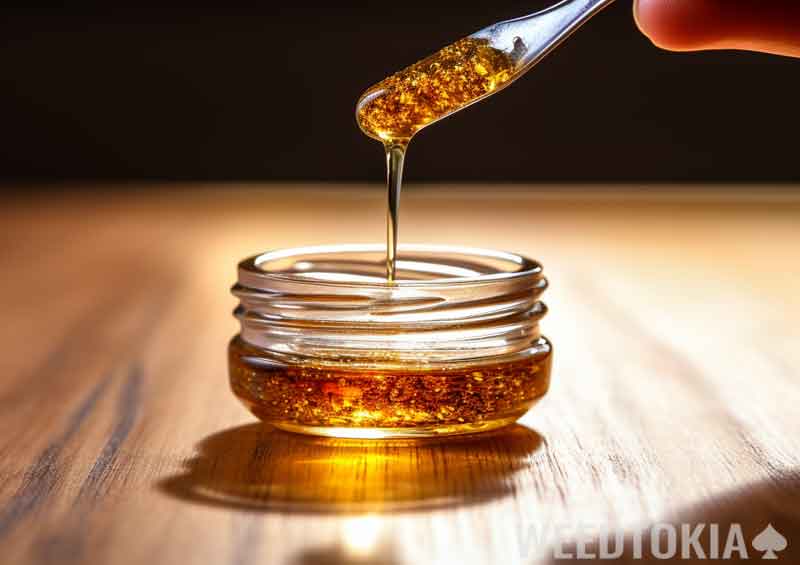
There are several viable reasons to look for live resin when you are in the dispensary.
- The undeniable potency
- The unmistakable flavor
- It’s a true-to-plant experience. Many cannabis users see live resin as high-quality concentrates.
In addition to their unique flavor and purity, live resins are popular because of the complex pharmacological and physiological processes that may result in the synergistic relationship between terpenes and cannabinoids.
Many see live resin as the closest way to concentrate cannabis’ natural essence. It’s often seen as the purest form of solvent-based cannabis concentrate available.
Important Note: Not all live resin products are created equal, and many of them can vary greatly in terms of texture, viscosity, color, as well as purity. Properly extracted live resin results in a deeper cannabis experience with a powerful aroma. Because consumers receive a broader spectrum of cannabinoids and terpenes, the assumed effect is a more complex psychoactive experience.
Ways to Consume Live Resin
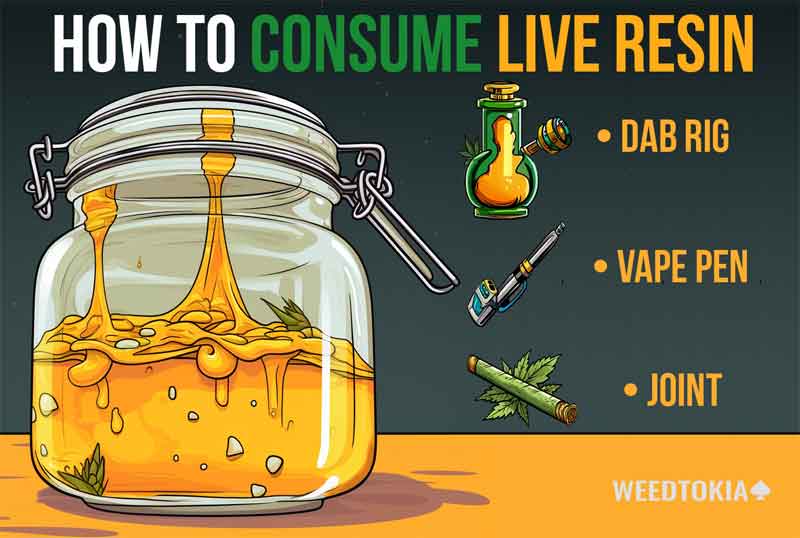
1. Dab Rigs
Dabbing is a quick way to receive a large dose of cannabinoids quickly. This refers to taking a small piece of your concentrate and pressing (or dabbing) it to an extremely hot solid to instantly vaporize the cannabinoids for inhalation.
To dab concentrates, there are many specialized instruments called dab rigs, which is a water pipe or bong with a quartz, glass, or metal (typically titanium or steel) piece meant to be heated. Between 300-500F, cannabis concentrates vaporize instantly, leading to a very fast and large dose of cannabinoids.
It is critical to note that this is often seen as an advanced technique for ingesting cannabis, as it can often lead to uncomfortably high doses. It is also important to be careful using a torch lighter or working with surfaces that have been heated to this temperature range. In fact, flavorful concentrates such as live resin should be vaporized at lower temperatures so as to not burn off the terpenes that processors so specifically aimed to keep with the end product.
It can sound much more intimidating than it is, but dabbing is a very simple method that is gaining in popularity with cannabis users every day. One can even dab using a device called a nectar collector, which heats a fine metal tunnel tip to vaporization temperature. This tip is pressed into the concentrate wax, and the vapor travels through and is inhaled.
When dabbing, one must be very careful when working with torches or heated nails. Temperatures in this range can quickly start fires or cause severe burns. Proceed with extreme caution, especially if you intend to get high.
2. Vaping Them in a Vape Pen
Many companies will use their live resin to make live resin cartridges, which are often seen as the best cartridges you can obtain due to the flavor and purity of the product.
Liquid live resin cartridges are increasingly popular products for cannabis users to find at their dispensaries. Pure live resin formulations are usually very thick, so for a vaping device to adequately vaporize live resin cartridges, they must be formulated to be more fluid.
3. Joints
Another very simple method in which users can use live resin is by putting it in a joint, sprinkling it over a bowl, or bong with traditional cannabis flowers. This method is usually easiest; it is just important not to accidentally catch the wax on fire in the process, as this rapidly wastes your concentrate.
This method provides an added boost of potency to any standard way of consuming cannabis flowers. Some users may even opt to sandwich concentrates between their ground cannabis flower in a dry herb vaporizer such as a volcano or other similar devices.
How Is Live Resin Made?
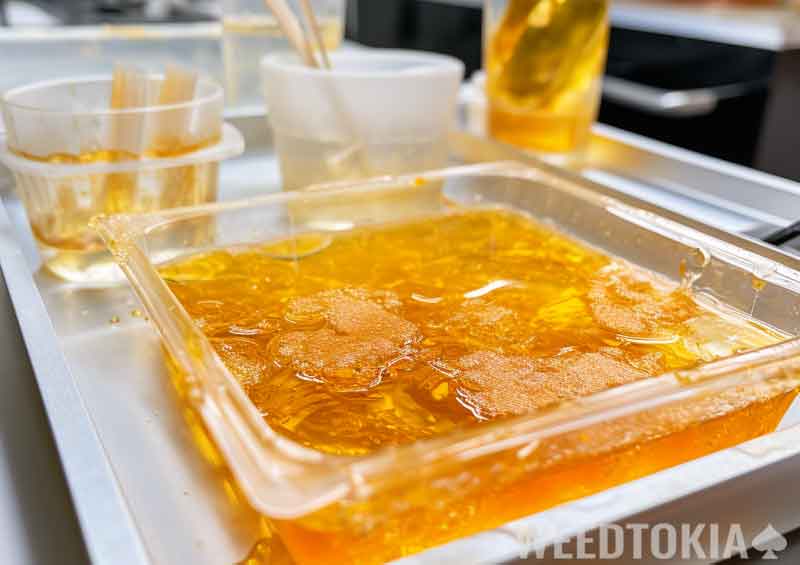
To properly extract live resin at a high yield requires extreme skill and precision. As is true with most extracts and concentrates, higher-grade plant material and biomass going in create higher-grade higher-purity final products.
Step 1: Harvest and Freeze Fresh Flower
The key to making live resin is the flash-frozen freshly harvested cannabis flowers. Because fresh frozen flowers are used, rather than drying and curing, the plant’s freshness and aroma profile have been locked in at -20F to -50F. If at all possible, producers aim to begin processing frozen plant material within the following days to prevent any degradation while stored at subzero temperatures.
Step 2: Closed Loop Extraction
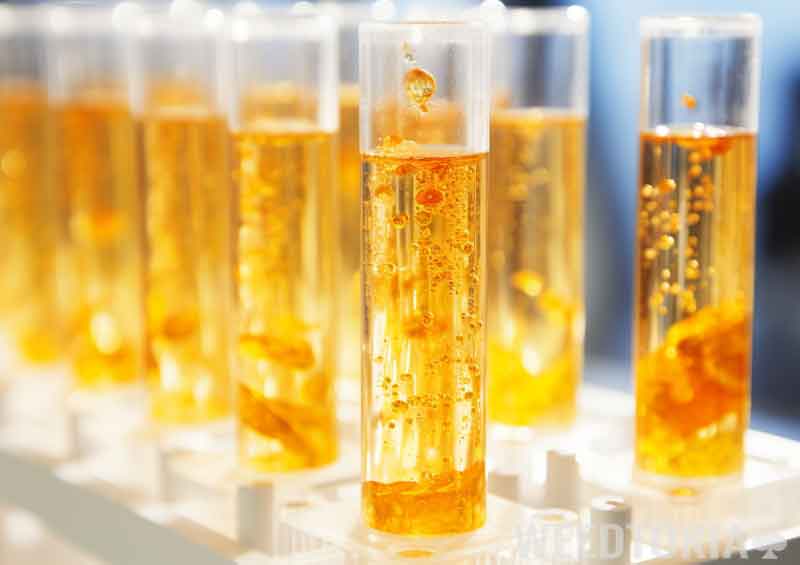
The frozen planet is kept at cryogenic temperatures during the entire extraction process. Using closed-loop extraction, cannabinoids, and terpenes are dissolved into a resinous mixture using hydrocarbons such as butane.
Step 3: Vacuum Oven
This solvent-resin mix can be emptied onto trays to increase surface area, which are then placed under a vacuum oven to purge out any residual solvents. This results in a high-quality cannabis concentrate.
It is important to note that the objective of creating live resin is not a high THC percentage but rather a more robust and natural flavor profile, but also a broader spectrum of synergistic cannabinoids and terpenes.
Do Not Try to Make Live Resin at Home:
Live resin and other cannabis extracts should not be made at home. Many of the solvents used can be dangerous if not stored and handled properly, so do so with extreme caution. In addition to this, only trained extraction professionals should use any equipment used in the extraction process.
Making cannabis extracts can also be extremely dangerous to the consumer if the process is not done correctly and under trained professional supervision.
Why Some People Choose Other Concentrates
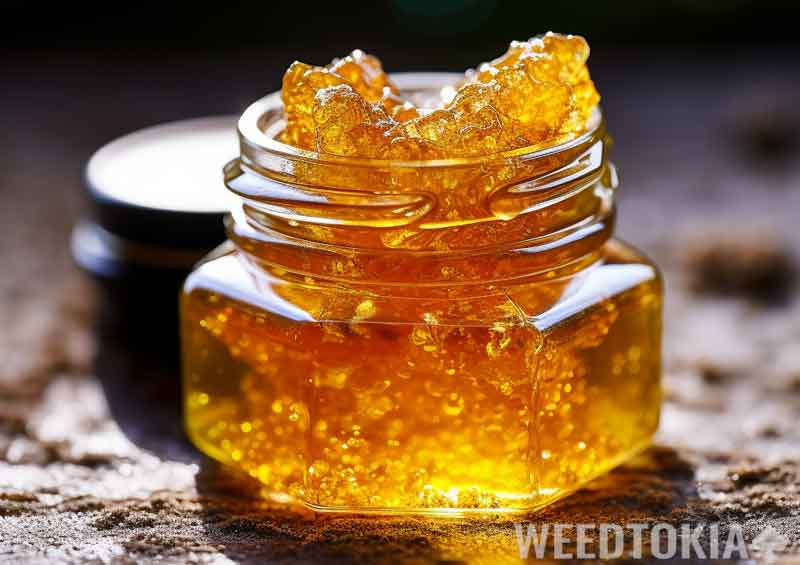
Live resin, when produced correctly and with adequate skills and precision, is known to be safe. It should be free of any toxic residual solvents or heavy metals. Most bacteria or mold that could pose a risk for adverse reactions are eliminated and purged during the extraction process.
The one thing some people don’t like about live resin is that it’s extracted using a solvent. Some people are paranoid that some of the solvents such as butane, propane, or other hydrocarbons. could be left behind and that smoking live resin could cause them harm.
This, however, is not really something you need to worry about because most production facilities today are extremely skilled. When performed properly, virtually no residual solvents can be found in the end product.
When purchasing live resin in legal markets, many of the end products have to undergo third part compliance laboratory analysis in order to receive approval to be sold. These compliance tests typically include screening for residual solvents, microbial contaminants, heavy metals, pesticides, and other toxins. In addition to this, the laboratories tasked with testing these products also utilize liquid and gas chromatography to quantify the cannabinoid and terpene content.
The safety net of lab testing in a legal cannabis market can not be understated, as contaminated products and products containing toxic residual byproducts are common in the black market. An example of this is the most recent vitamin E acetate epidemic in illegal cannabis vape cartridges.
But again, do not try to make live resin on your own because that could be unsafe.
Where Did Live Resin Come From
The origins of live resin, as we currently know it, can be traced back to an inspired grower and concentrate-maker William Fenger, affectionately dubbed “Kind Bill.” Kind bill teamed up with EmoTek labs to innovate fresh-frozen cannabis hash oil concentrates.
The rapid terpene loss during harvest and curing processes removes a powerful essence from cannabis. Up to 31% can be lost just during the drying and storing process. With his eyes set on the problem at hand, Kind Bill sought to produce a concentrate that resembled the potency and pungency of fresh cannabis plants. On his farm in Colorado between 2011 – 2013 Fenger devised a process to extract from a freshly harvested, flash-frozen whole cannabis plant, rather than dried. His objective was to capture the pure terpene profile and essence of the live plant oils, and he was wildly successful.
It is this ground-breaking innovation that created live rosin and fresh-frozen cannabis concentrates.
He was not the first to attempt this feat of extraction, but he was the first to do so with success. The first strain that he used to make live resin was a rare Florida cultivar called Original Diesel.
Pricing Compared to Other Concentrates
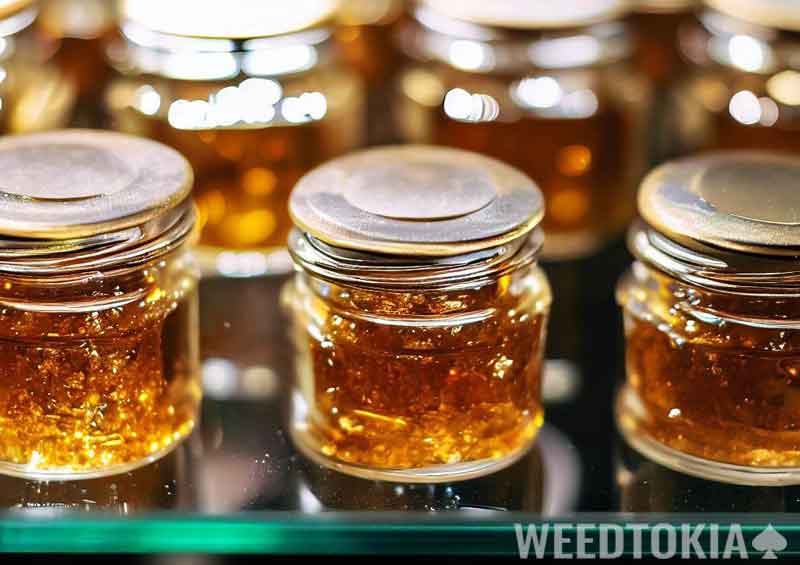
Live resin products are typically more expensive than dried cannabis flower. This is, in part, due to the added demand, high potency, and additional costs to produce high quality concentrates.
As the world of cannabis products grows exponentially, the market will always have various concentrates to offer in addition to traditional flower. The debate of efficiency and price per cannabinoid has been discussed ad noseeum. What is important to note is your particular needs and how these varying products effect you.
As many states are leaning towards dispensary pricing based on THC content, live resins find themselves typically cheaper than a product like diamonds or isolate but more expensive than flower. Generally, a gram of live resin will cost roughly the equivalent of one eighth (3.5g) of the comparable flower.
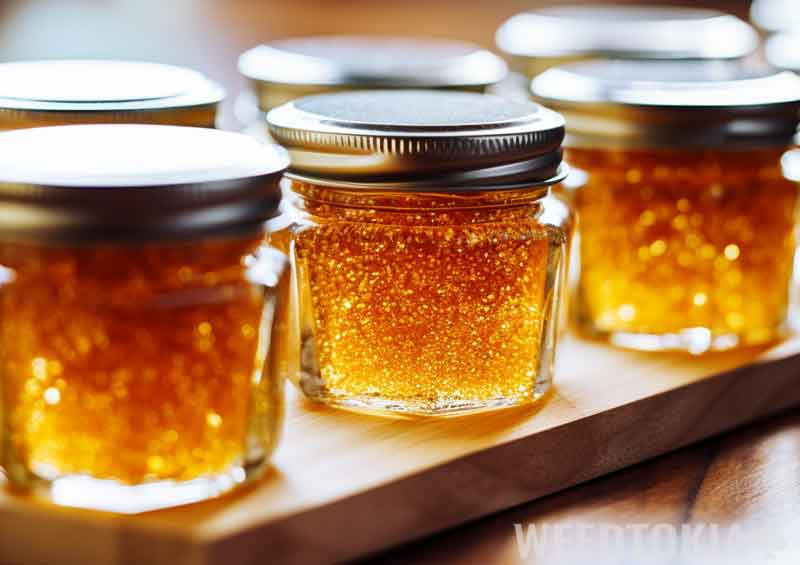
- Flower can range from $5-$20 for a gram, depending on the source and quality
- 3.5g of Live Resin could cost upwards of $50-$70, around the price of one gram of live resin.
If looking at overall efficiency per price, this really boils down to your particular use case, dosing methods, and therapy regimen. Cannabis has a lot of variability, so many users find that a small dab of live resin can be a much more complex pharmacological experience than smoking an entire bowl of dried flowers. Which also varies greatly from vaping the same bowl!
Storing Live Resin
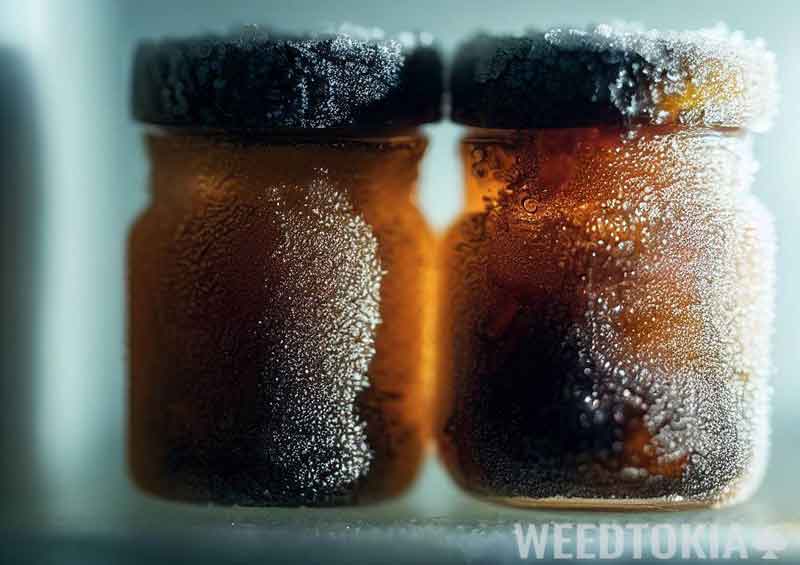
Keep Live Resin cool and in an air-tight container. Keeping them in cooler temperatures, like a refrigerator, will maintain the terpene profile but also maintain the structural integrity of the concentrate to make it easier to work with.
Most concentrates get harder as they are exposed to colder temperatures and become more malleable and even melt if exposed to warm ones for too long. This can leave your concentrates in a degraded status, making them difficult to use. It is recommended to store concentrates in a cool environment.
In addition to maintaining a suitable temperature, proper storage of cannabis concentrates includes being mindful of moisture loss, exposure to air, and exposure to sunlight. Additionally, heat, oxygen, UV penetration can also lead to the degradation of cannabinoids, which diminishes any potency results. In addition, exposure to air or heat can result in a dramatic loss of terpenes, or loss of moisture, resulting in dry flavorless concentrates. This is why it is recommended to use a dark air-tight container.
Storage solutions for concentrates typically include silicone dishes or jars, as the sticky cannabis concentrates have trouble sticking to silicone. Glass jars are also popular, but it is important to consider the leaching of heavy metals from certain glass containers. Due high-affinity cannabis has for heavy metals, such as manganese, lead, aluminum, and cadmium, concentrates have the innate ability to leach heavy metals from their container.
TLDR: Live Resin Breakdown
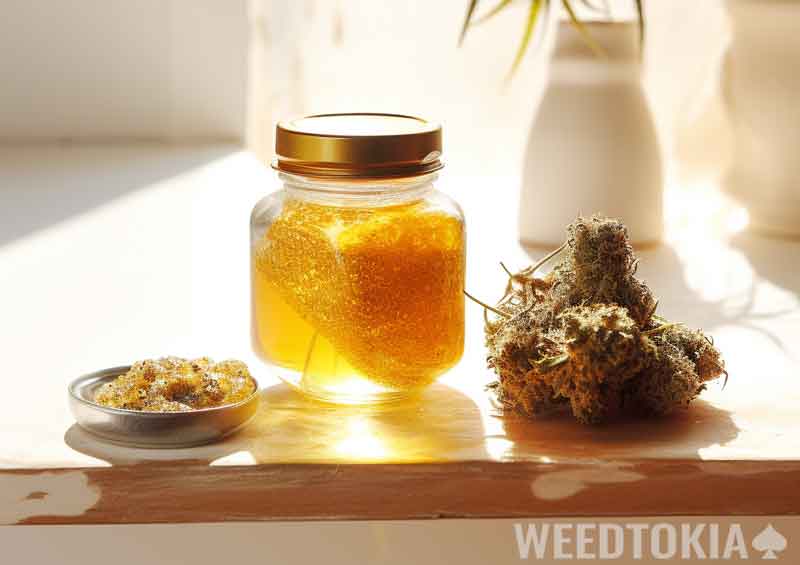
- Live Resin is a potent, orange-looking, cannabis concentrate made from freshly frozen cannabis flowers.
- It is produced in a laboratory using a closed-loop extraction system and hydrocarbon solvents, such as butane, to extract cannabinoids and terpenes. Producing at home is not recommended.
- It is typically consumed using dab rigs or vape pens, and can also be added to joints or bowls for an extra potency boost.
- As a premium cannabis product, a gram of Live Resin can cost up to 2-3x as much as a leaf.
- Purchase from reputable dispensaries and ensure the product has undergone third-party lab testing to avoid any potential contamination or residual solvents. Storage in cool, airtight containers is also crucial to maintain its quality.
Wrap Up:
That does it for this article, if you have any questions or comments on what live resin is or how to use it, let us know in the comments section below.